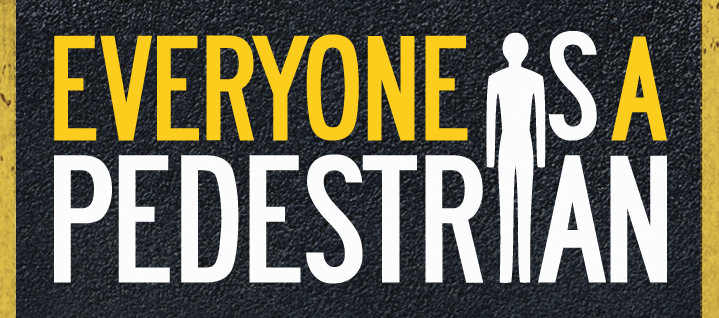

Everyone is a pedestrian at one time or another. When it comes to pedestrian safety, it’s a two-way street for walkers and drivers that involves equal respect and responsibility.
Over the past decade, the number of pedestrian fatalities has increased sharply. There were 6,283 pedestrians killed in traffic crashes in 2018 according to the National Highway Traffic Safety Administration, a 3 percent increase over the year before and the most since 1990. That includes 225 fatalities in North Carolina.
Nationally, 17.2 percent of the 36,560 road-related fatalities were pedestrians.
The U.S. Department of Transportation’s National Highway Traffic Safety Administration has designated October as
National Pedestrian Safety Month.
The goal is to decrease fatalities by increasing traffic safety awareness for pedestrians and drivers and educating all road users on pedestrian safety.
For drivers, contributing factors to pedestrian deaths include:
- Speeding
- Distraction
- Lack of awareness of and non-compliance with traffic laws
- Alcohol or drug impairment
- Drowsy driving
For pedestrian and bicyclist contributing factors include:
- Distraction
- Lack of awareness of and non-compliance with traffic laws
- Alcohol or other impairment
- Infrastructure issues such as inadequate separation between motorists and non-motorists (no sidewalks), poor lighting, and insufficient signage or crosswalks
Staying Safe: A Two-Way Road
According to the
National Highway Safety Administration, pedestrians and drivers can take the following steps to keep safe.
Resources